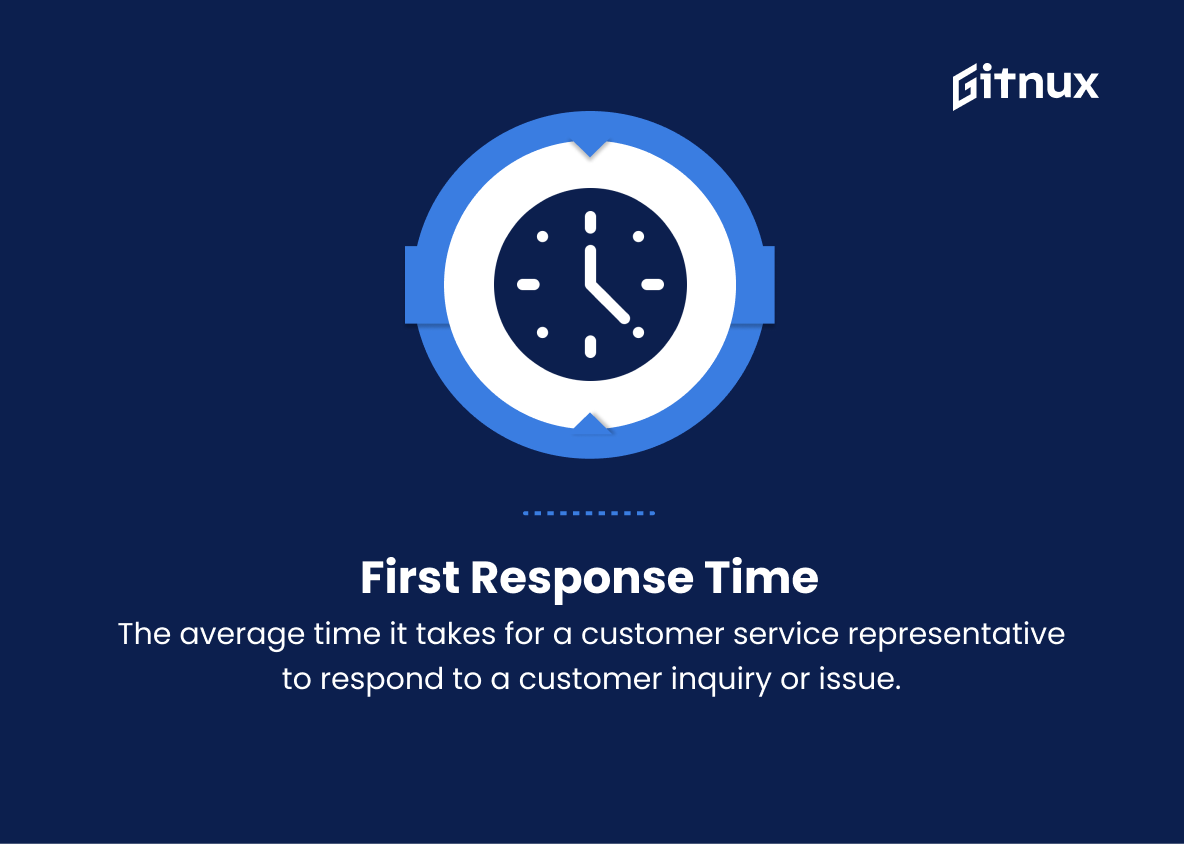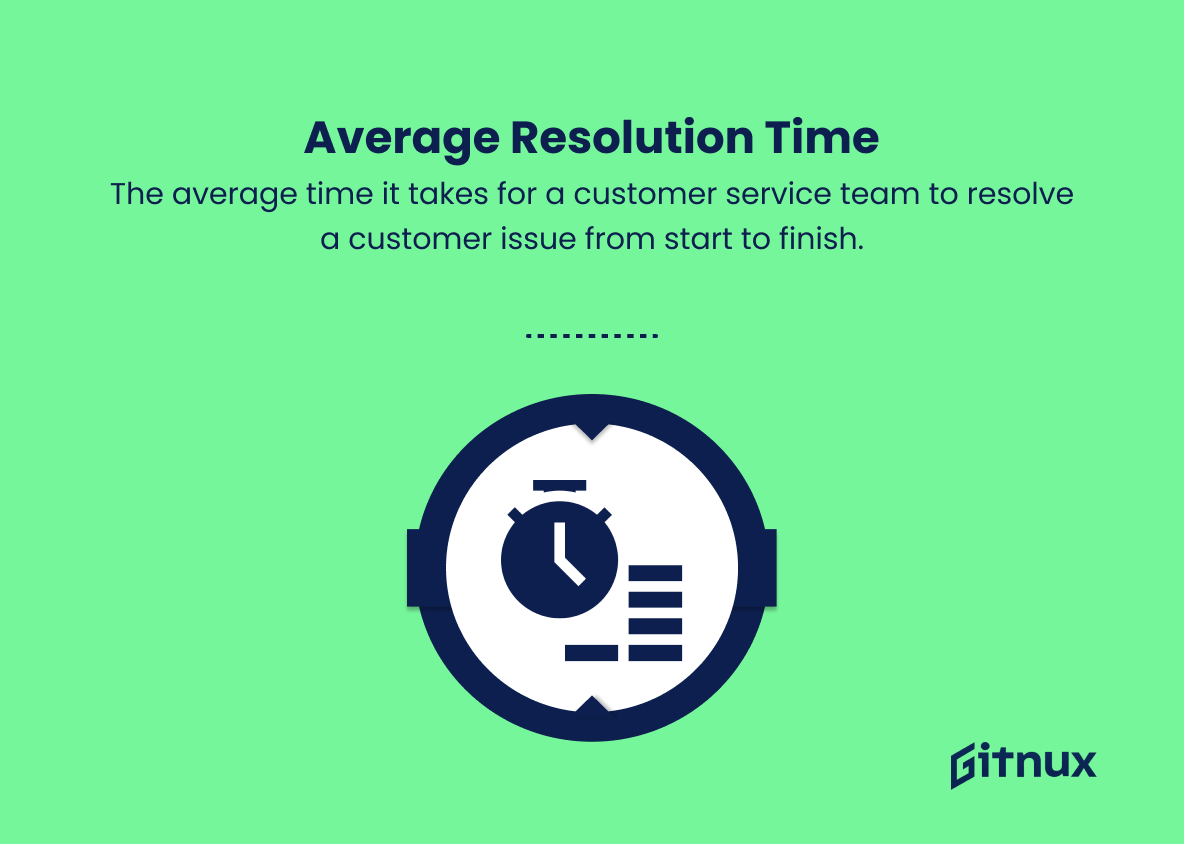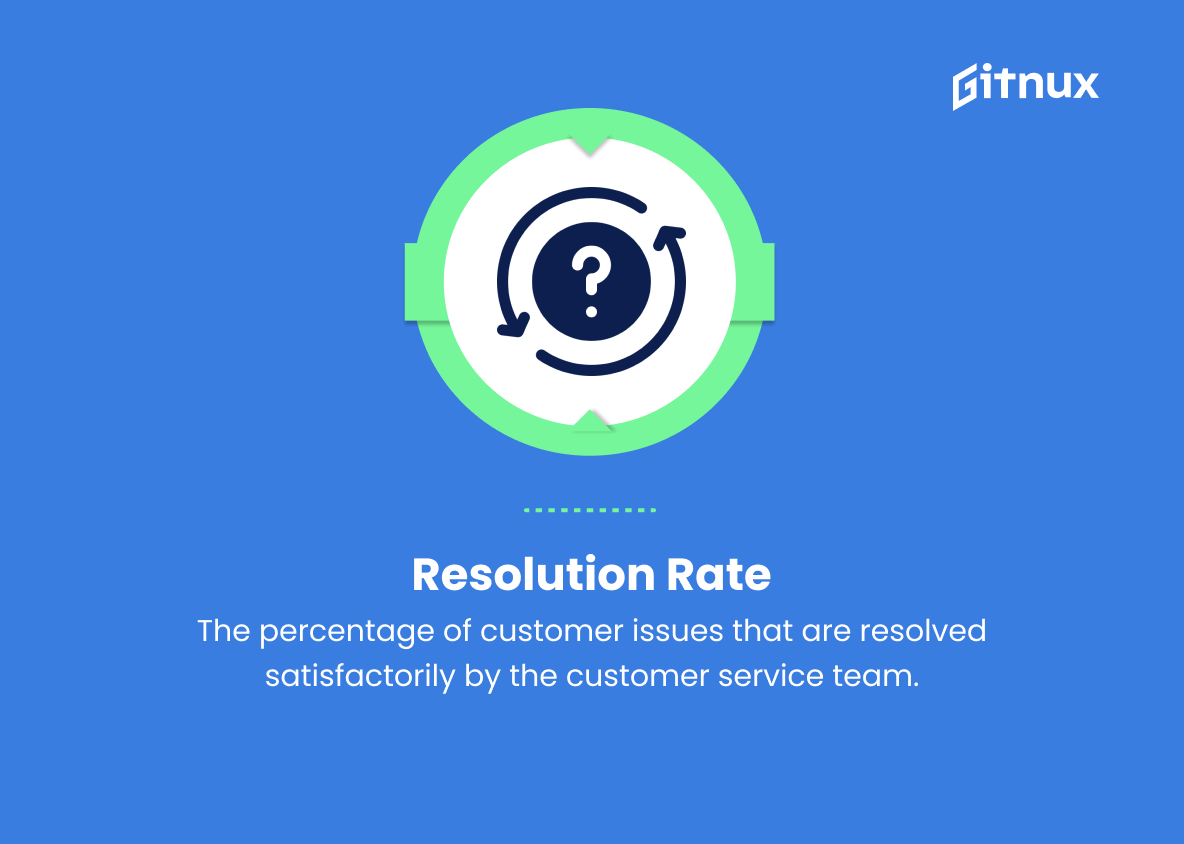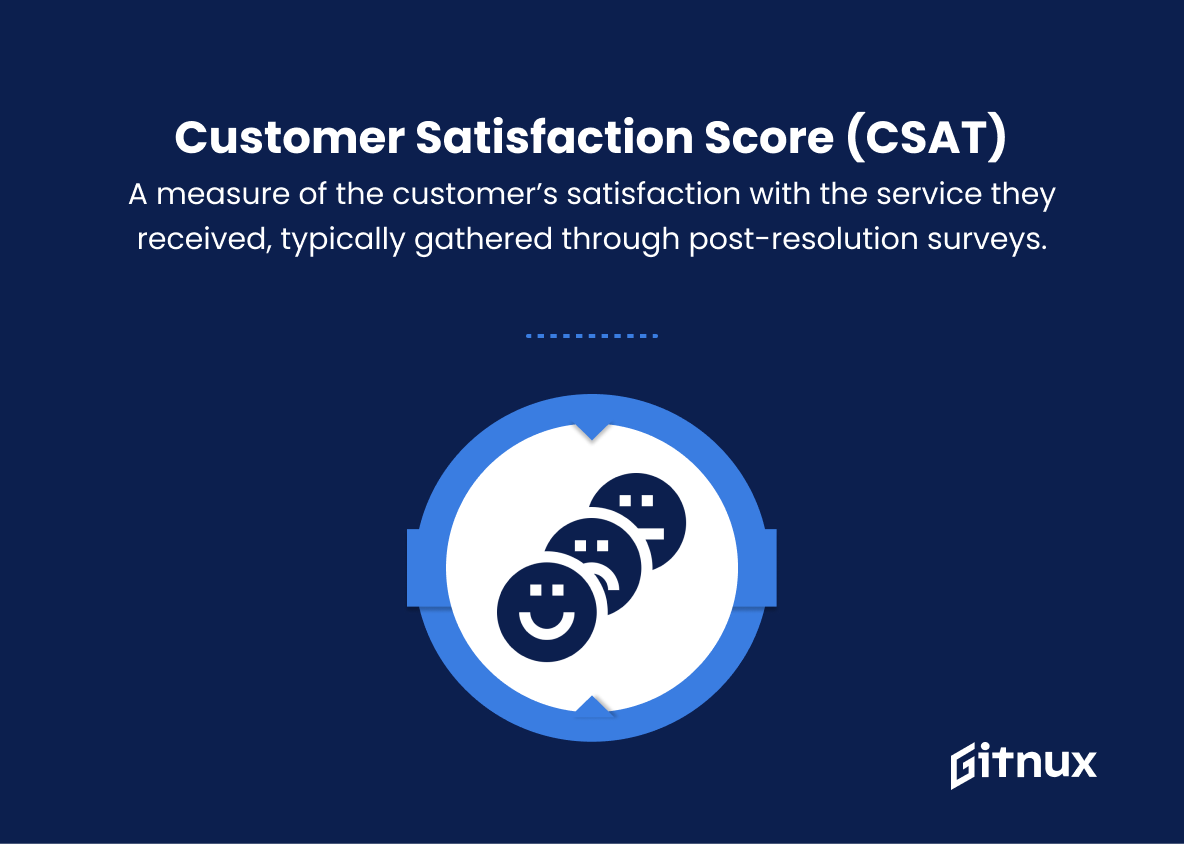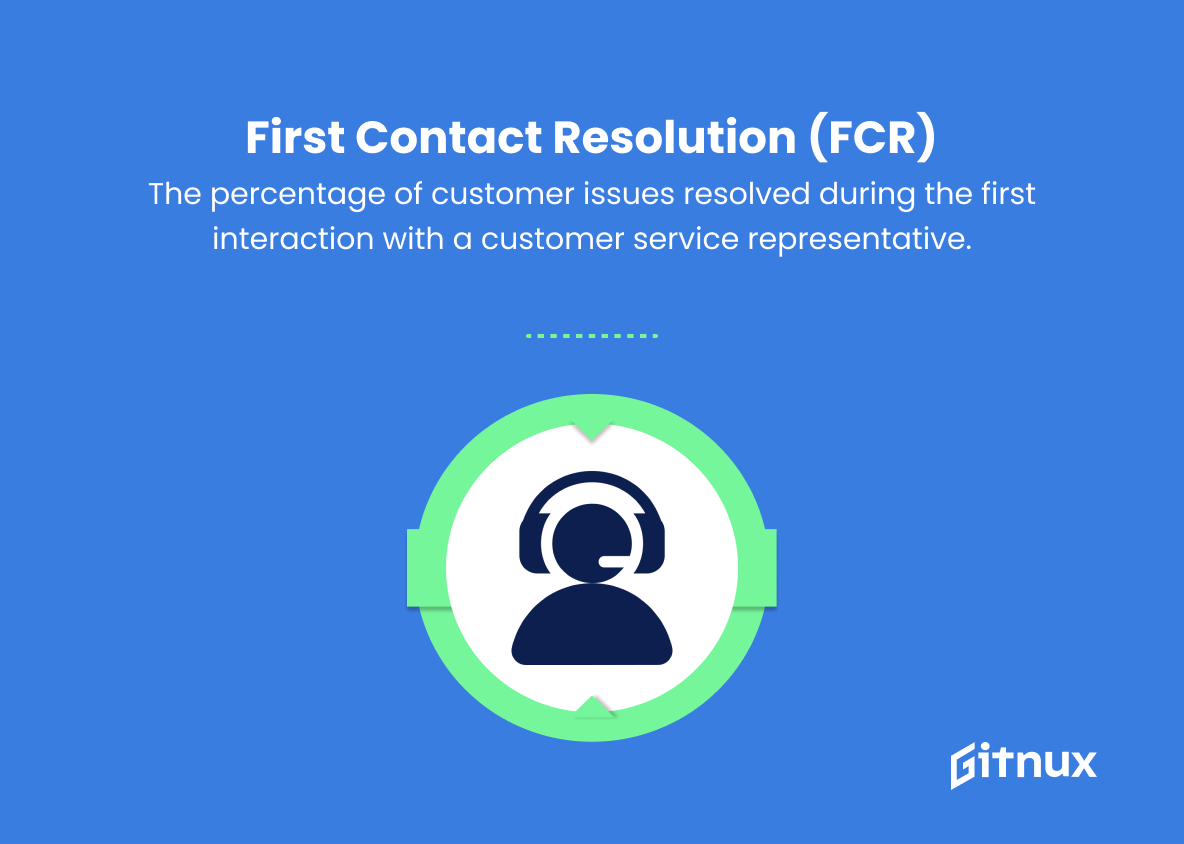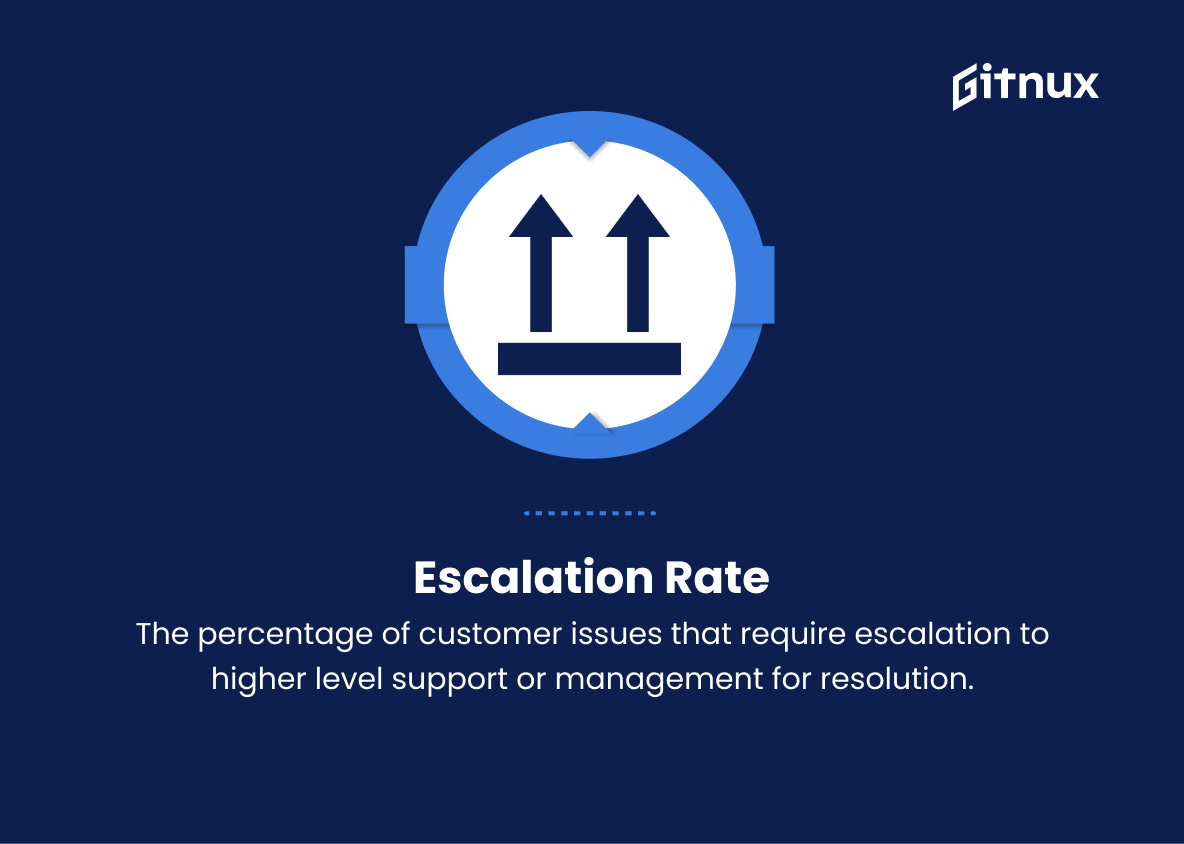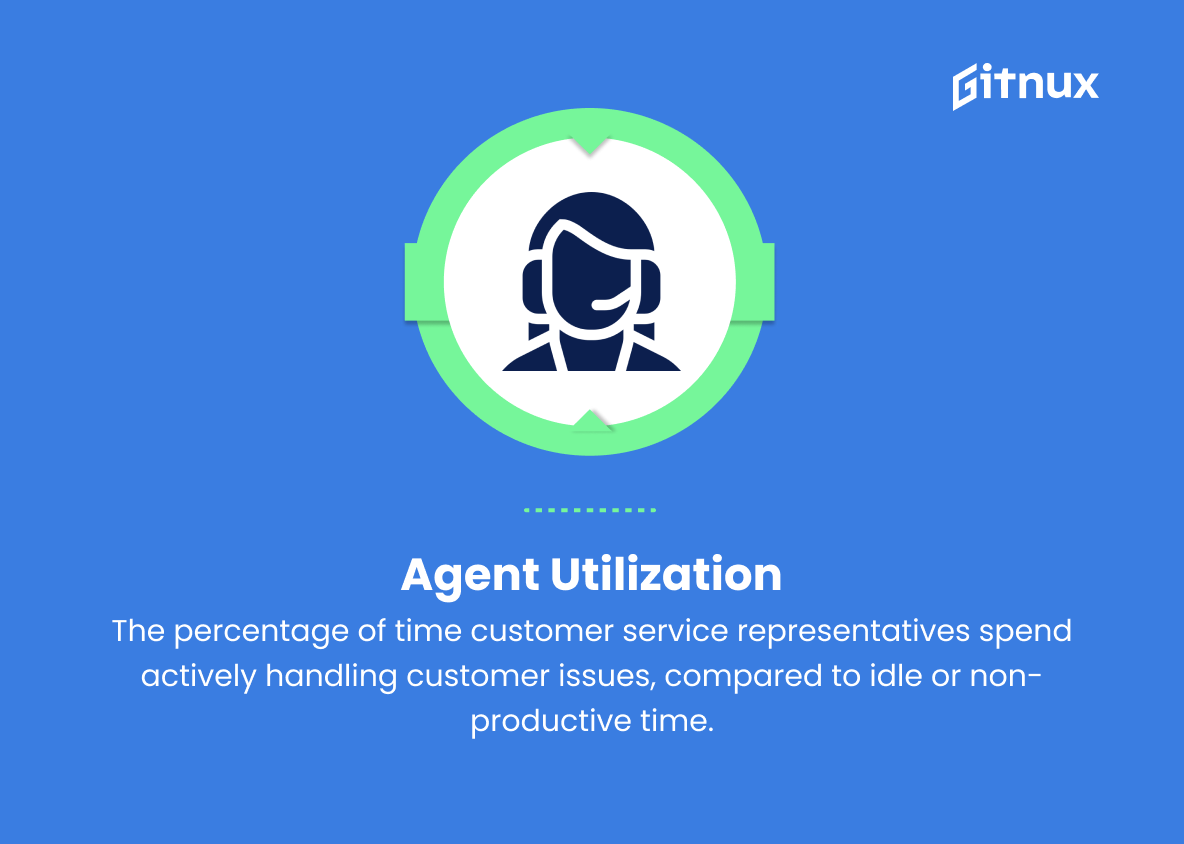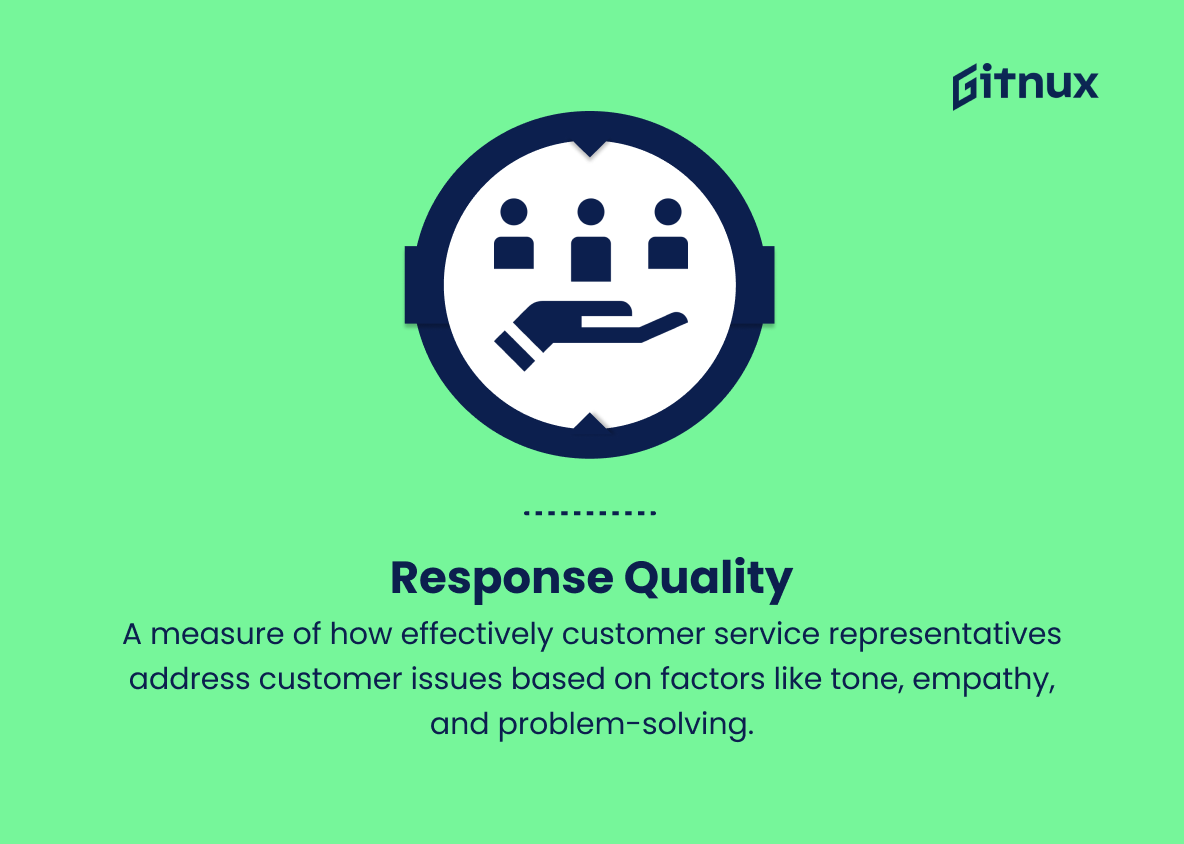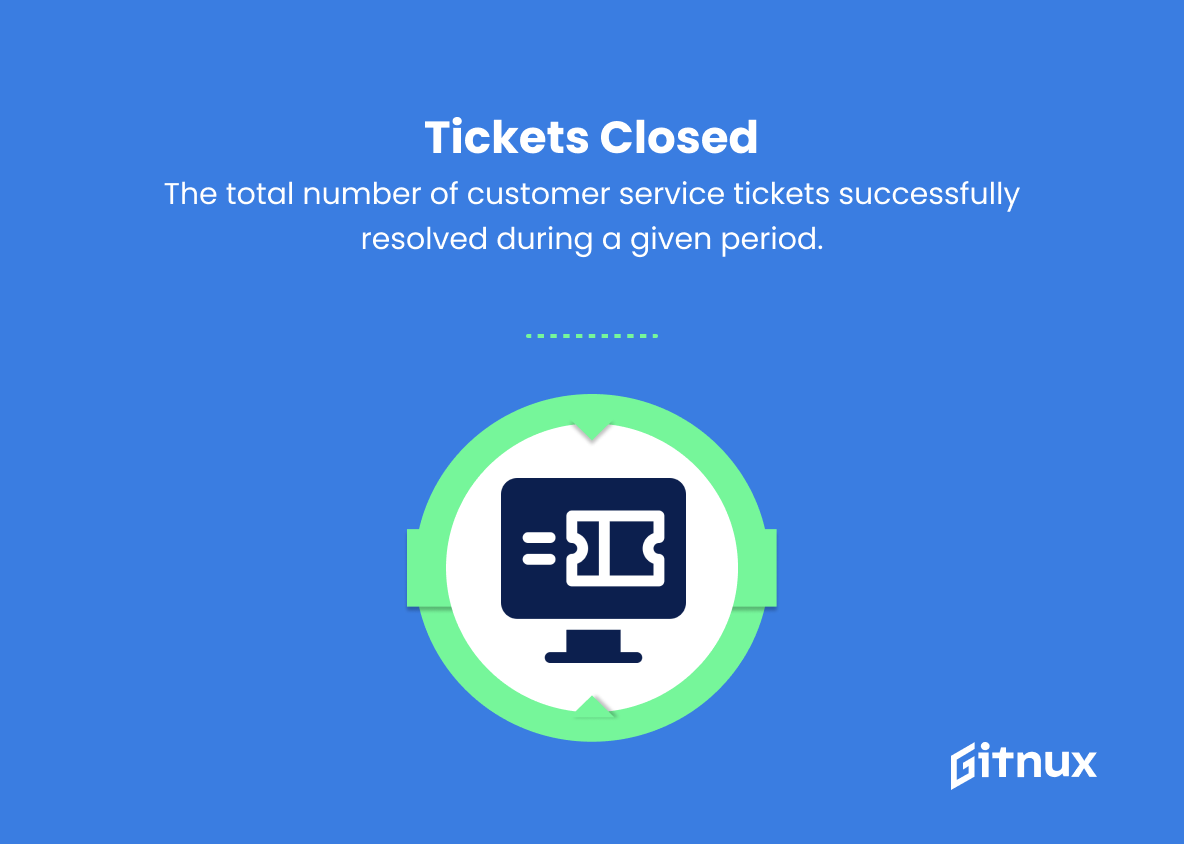In today’s fast-paced and competitive business environment, delivering exceptional customer service has become non-negotiable. Excellent customer experiences not only lead to higher satisfaction levels but also drive brand loyalty and revenue growth.
One way to ensure that your organization consistently provides outstanding services is to closely monitor its performance using relevant customer service metrics. This blog post will delve into the world of customer service performance metrics, shedding light on the most significant indicators, their importance, and how they can be utilized to drive continuous improvement and success.
So, join us as we explore the key metrics that should be on every organization’s radar to optimize their customer service efforts and exceed expectations at every touchpoint.
Customer Service Performance Metrics You Should Know
1. First Response Time
The average time it takes for a customer service representative to respond to a customer inquiry or issue.
2. Average Resolution Time
The average time it takes for a customer service team to resolve a customer issue from start to finish.
3. Resolution Rate
The percentage of customer issues that are resolved satisfactorily by the customer service team.
4. Customer Satisfaction Score (CSAT)
A measure of the customer’s satisfaction with the service they received, typically gathered through post-resolution surveys.
5. Net Promoter Score (NPS)
A metric that gauges how likely customers are to recommend a company to others based on their customer service experience.
6. First Contact Resolution (FCR)
The percentage of customer issues resolved during the first interaction with a customer service representative.
7. Escalation Rate
The percentage of customer issues that require escalation to higher level support or management for resolution.
8. Contact Volume
The total number of customer inquiries or issues received by the customer service team during a given period.
9. Agent Utilization
The percentage of time customer service representatives spend actively handling customer issues, compared to idle or non-productive time.
10. Abandonment Rate
The percentage of customer service inquiries that are abandoned by customers without receiving a resolution, such as hanging up on a call or exiting a chat.
11. Response Quality
A measure of how effectively customer service representatives address customer issues based on factors like tone, empathy, and problem-solving.
12. Tickets Closed
The total number of customer service tickets successfully resolved during a given period.
13. Customer Effort Score (CES)
An assessment of how much effort a customer must exert to get their issue resolved by the customer service team.
14. Churn Rate
The percentage of customers who stop doing business with a company due to negative customer service experiences.
15. Repeat Contact Rate
A measure of how often customers need to reconnect with the customer service team to address the same issue.
16. Call Quality
An evaluation of call handling performance by customer service representatives based on factors like verbal communication, listening skills, and issue resolution.
17. Knowledge Management Efficiency
A measure of how effectively customer service representatives utilize internal resources, such as knowledge bases and manuals, to address customer issues.
Customer Service Performance Metrics Explained
Customer Service Performance Metrics are essential in evaluating the effectiveness of a company’s customer service efforts, ultimately impacting customer satisfaction and retention. First Response Time and Average Resolution Time are crucial for measuring the promptness and agility of the customer service team in addressing customer inquiries or issues.
Metrics such as Resolution Rate, First Contact Resolution, and Escalation Rate further indicate how well the team manages to effectively resolve customer concerns. Survey-based assessments such as CSAT, NPS, and CES provide insights into customer satisfaction, brand loyalty, and required effort for issue resolution, respectively. Meanwhile, metrics like Contact Volume, Agent Utilization, Abandonment Rate, and Response Quality allow organizations to identify areas that need improvement, ensuring that customers receive timely and quality support.
Tracking Tickets Closed, Churn Rate, Repeat Contact Rate, Call Quality, and Knowledge Management Efficiency further ensures a comprehensive understanding of the overall performance and efficiency of the customer service department. By monitoring and improving these metrics, businesses can deliver exceptional support experiences that foster customer satisfaction, loyalty, and ultimately, long-term success.
Conclusion
To thrive in a competitive marketplace, businesses must continuously monitor, analyze, and enhance customer service performance metrics with KPIs like First Response Time, Customer Satisfaction Score, Net Promoter Score, Average Resolution Time, and Service Level agreement adherence. Prioritizing customer service builds strong customer relationships for increased loyalty, retention, and profitability. Stay ahead by tracking performance metrics and adjusting strategies to ensure exceptional customer service.
